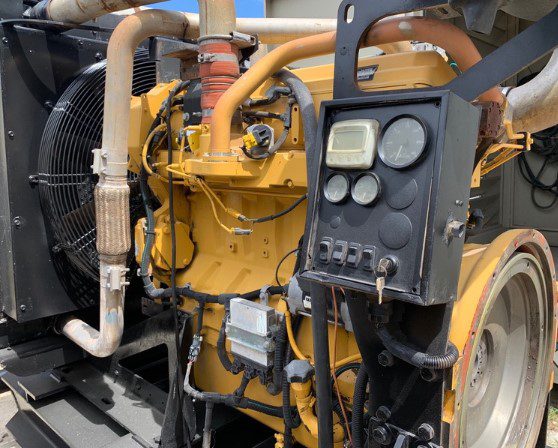Your diesel engine is a workhorse that provides many years of reliable service. It tolerates the harshest of driving conditions.
To keep it running optimally, you need to attend to it properly on a regular basis. One of the most essential aspects is to clean your exhaust filters often. If you don’t, you’ll incur costly engine damage.
This guide will teach you everything you need to know about diesel exhaust filter cleaning. Keep reading to learn more.
Gather Materials
Cleaning a diesel exhaust filter, commonly referred to as a diesel particulate filter (DPF), is essential for maintaining a healthy diesel truck.
Start by gathering protective gloves, masks, and safety glasses. Also, a DPF cleaning kit with an air filter cleaner. A suitable container for collecting waste materials is also necessary.
Make sure to gather all the cleaning materials before starting the cleaning process.
Prepare Your Vehicle and Locate the DPF
Ensure the vehicle is on a level surface. Turn off the engine and let it cool completely. Disconnect the vehicle’s battery to prevent any electrical accidents.
The diesel particulate filter (DPF) is typically located in the exhaust system, often underneath the vehicle. Consult your vehicle’s manual or seek guidance from a professional if you’re unsure about its location.
Remove and Inspect the DPF
Carefully remove the DPF from the vehicle. This may involve disconnecting bolts, brackets, and sensors. Refer to the vehicle’s manual for specific instructions.
Examine the DPF for visible damage. If it’s cracked or damaged, it may need to be replaced rather than cleaned.
Diesel Exhaust Filter Cleaning Process
Follow the instructions provided in the DPF cleaning kit. Most kits involve using a cleaning solution or foam to dissolve soot and ash within the filter. Ensure you clean both the inlet and outlet sides of the DPF thoroughly.
Use a high-pressure air hose or compressed air to remove loosened particles from the DPF. Always wear appropriate safety gear while doing this.
Rinse and Dry
Rinse the DPF with clean water to remove any remaining cleaning solution or residue. Allow the DPF to air dry completely before reinstalling it. Do not use compressed air to speed up drying, as it may damage the filter.
Reinstallation and Reset Engine Codes
Carefully reinstall the clean DPF back into the vehicle, following the reverse of the removal process. Reconnect any bolts, brackets, and sensors securely. Reconnect the vehicle’s battery.
After reinstalling the DPF, you may need to reset the engine codes using a diagnostic tool to clear any error codes related to DPF performance.
Test Drive
Take your vehicle for a test drive to ensure it’s performing as expected. Pay attention to engine performance, air quality, emissions, and any warning lights on the dashboard. Using this guide will ensure that the diesel exhaust filter is well operating and running smoothly.
Regular Cleaning and Maintenance Tips
Diesel exhaust filter cleaning is essential for preventing excessive emissions and ensuring a clean engine. With the right tools and appropriate maintenance, maintaining your diesel engine filters is quick, easy, and economical.
Clean your diesel exhaust filters regularly for a healthier, quieter, and more fuel-efficient vehicle. Get in touch with a professional to help you with your diesel exhaust filter cleaning needs today!
If you find this article helpful, check out our blog for more informative content.


